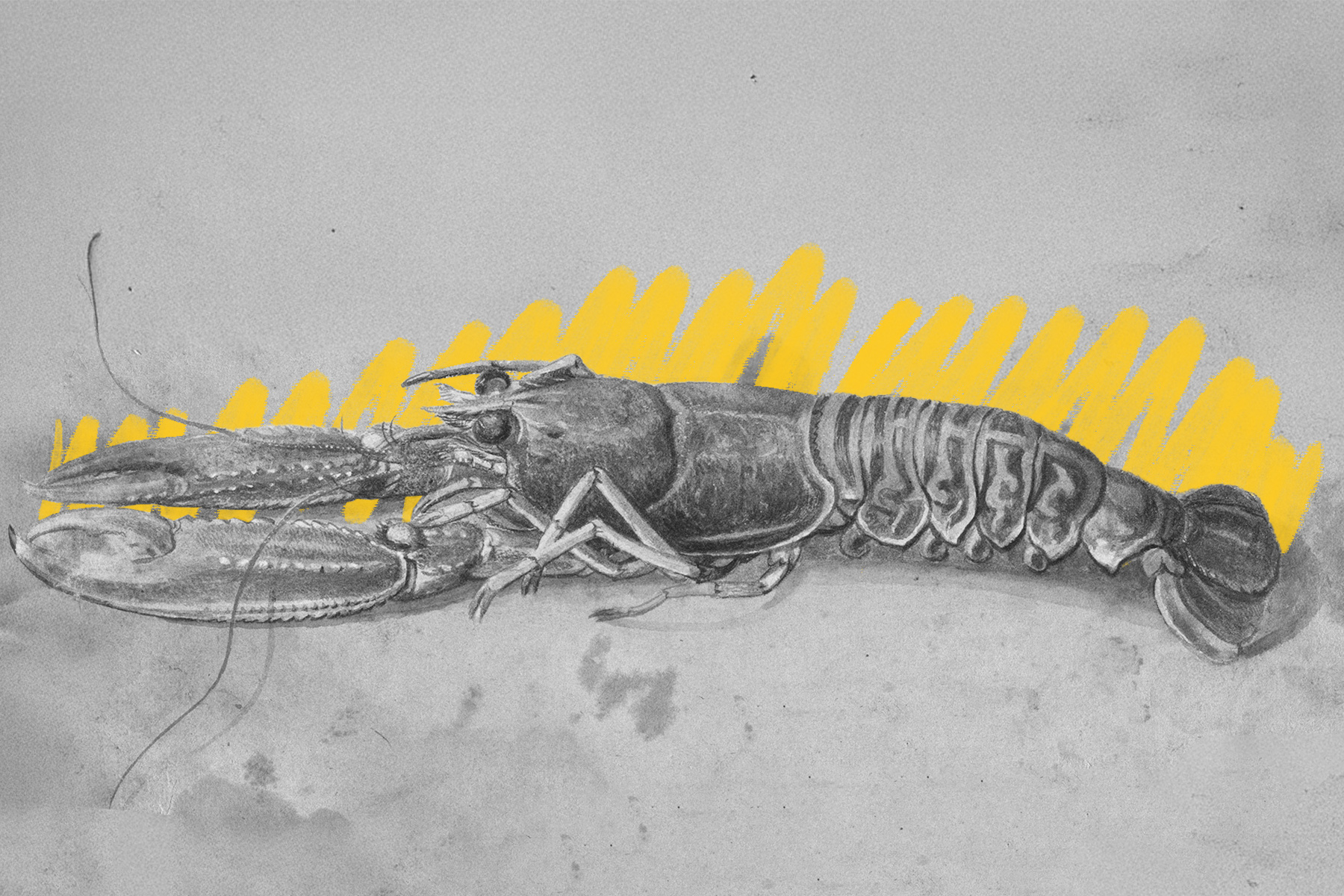In colonial America, lobster was an undesirable food fed to prisoners.
Lobster has long been considered a culinary delicacy, but in colonial America it was seen as the cockroach of the sea. When European settlers arrived in North America in the 17th century, New England’s shoreline was littered with the clawed crustaceans. In fact, lobsters were so prevalent, they were used by Indigenous inhabitants as fishing bait or fertilizer. To the colonists, they served as a simple and abundant source of protein. Though eating lobster was useful in times of food scarcity — such as in 1623, when Plymouth Colony Governor William Bradford lamented that the settlers’ best meal was a lobster or a piece of fish — it wasn’t exactly desirable. The seafood was mostly fed to those with little say in their diets, such as prisoners housed near the coast and indentured servants working off their contracts.
Some stories about lobster’s pauper past — such as that prisoners were punished by being fed lobster every day — have most likely been exaggerated over time. Rules were reportedly put in place to prevent inmates from receiving regular servings, while servants were said to write lobster limits into their contracts. But it’s certainly true that for nearly two centuries, lobster was anything but a luxury. Its reputation didn’t really begin to change until the 19th century, when improved transportation allowed fresh lobster to reach inland diners — many of whom, by the late 1800s, enjoyed vacationing in New England and saw the seafood as a rare treat. As demand grew, so did prices, and with better cooking techniques in the 20th century, lobster transformed from a lowly sea pest to a food fit for a king.














